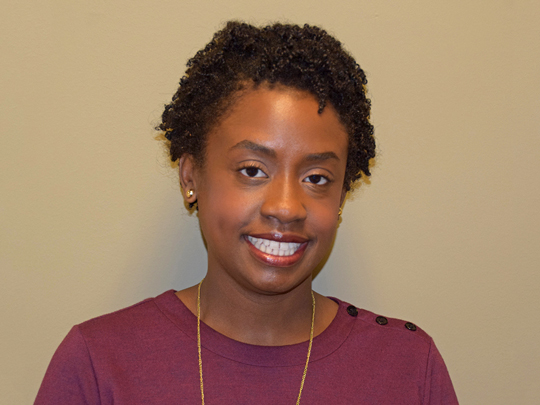Just Add What? Lessons On Plain Language from a Recent Cooking Disaster
Topics

A few weeks ago, my 14-year-old daughter and I decided to try a new recipe for dinner that was a bit beyond anything that she had made before: Roman-style saltimbocca with caramelized pear, fried sage, and vignarola.
Naturally, like any good mom, I regularly chimed in with clarifying instructions. And, like any good teenager, she reminded me that she knew what she was doing.
After several comments from her (plus several “ughs!” and eye rolls), I decided to try a new approach when we finished up the saltimbocca: I worked on the fried sage while she did the vignarola.
Big mistake.
When she read “placed in acidulated water” in the recipe, she did not stop to ask what that meant. Instead, she saw “acid” and poured citric acid (we make bath bombs) into the dish. Fortunately, I saw this as it was happening, but I shudder to think how it might have tasted.
Of course, that situation also could have been helped if the recipe had simply said “placed in a mixture of water and lemon juice (about 1 teaspoon to half a liter of water),” and I am pretty sure the simpler language in the recipe would not have gotten any comments from my daughter.
That’s because people prefer plain language—with cooking but also especially when it comes to their health. That is why October’s Health Literacy Month is a great time to highlight the importance of using plain language to improve health literacy. A cornerstone of our work in HIV, “health literacy” is someone’s ability to find and understand useful, accurate information to make informed choices about their health. For example, our national goals and strategies include educating all Americans [PDF, 2.13 MB] about HIV and increasing their knowledge and adoption of healthy behaviors [PDF 1.66 MB].
The Centers for Disease Control and Prevention (CDC) makes free health literacy trainings and tools available to help anyone improve their public health materials. I especially recommend using the tools to check language choices to ensure materials are accessible and actionable. These free resources include (but are not limited to) the following:
- The Clear Communication Index, a set of specific research-based criteria to help with the development and evaluation of materials. The index can be applied to almost any product, format, or audience.
- Everyday Words for Public Health Communication [PDF, 282 KB], a list of substitute words and phrases to help with switching from jargon to easy-to-understand terms.
- Inventory of Health Literacy Assessments and Resources, which helps organizations identify and then overcome the health literacy barriers within their programs.
- Numeracy: Health Literacy and Clear Communication for Numbers and StatisticsExit Disclaimer, a free on-demand webinar with tips on how to best present data to maximize understanding.
Within CDC’s domestic HIV and STD programs, my colleagues have used CDC’s health literacy resources to create some impressive tools for on-the-ground partners, such as:
- A series of HIV Consumer Information Sheets (the first tab), which use plain language to explain complex concepts. Some are available in Spanish with more on the way.
- Several STD Fact Sheets, which have won awards for plain language and are available in multiple languages.
- The HIV Risk Reduction Tool, which takes complex data on transmission and prevention and presents it in an accessible format for users.
October and Health Literacy Month will soon be over, but our commitment to helping everyone make informed choices about their health is a never-ending responsibility. Thank you for everything you do to help everyone live their lives to the fullest, and please consider using free health literacy tools the next time you create or update a brochure, website, flyer, or any other product.
Also, if you have any teenager friendly recipes, feel free to send them my way.